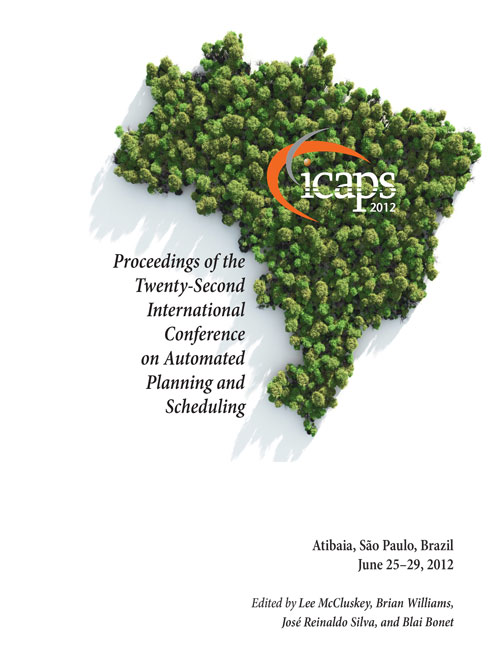How to Relax a Bisimulation?
DOI:
https://doi.org/10.1609/icaps.v22i1.13497Keywords:
Planning, Heuristic Search, AbstractionsAbstract
Merge-and-shrink abstraction (M&S) is an approach for constructing admissible heuristic functions for cost-optimal planning. It enables the targeted design of abstractions, by allowing to choose individual pairs of (abstract) states to aggregate into one. A key question is how to actually make these choices, so as to obtain an informed heuristic at reasonable computational cost. Recent work has addressed this via the well-known notion of bisimulation. When aggregating only bisimilar states -- essentially, states whose behavior is identical under every planning operator -- M&S yields a perfect heuristic. However, bisimulations are typically exponentially large. Thus we must relax the bisimulation criterion, so that it applies to more state pairs, and yields smaller abstractions. We herein devise a fine-grained method for doing so. We restrict the bisimulation criterion to consider only a subset K of the planning operators. We show that, if K is chosen appropriately, then M&S still yields a perfect heuristic, while abstraction size may decrease exponentially. Designing practical approximations for K, we obtain M&S heuristics that are competitive with the state of the art.

